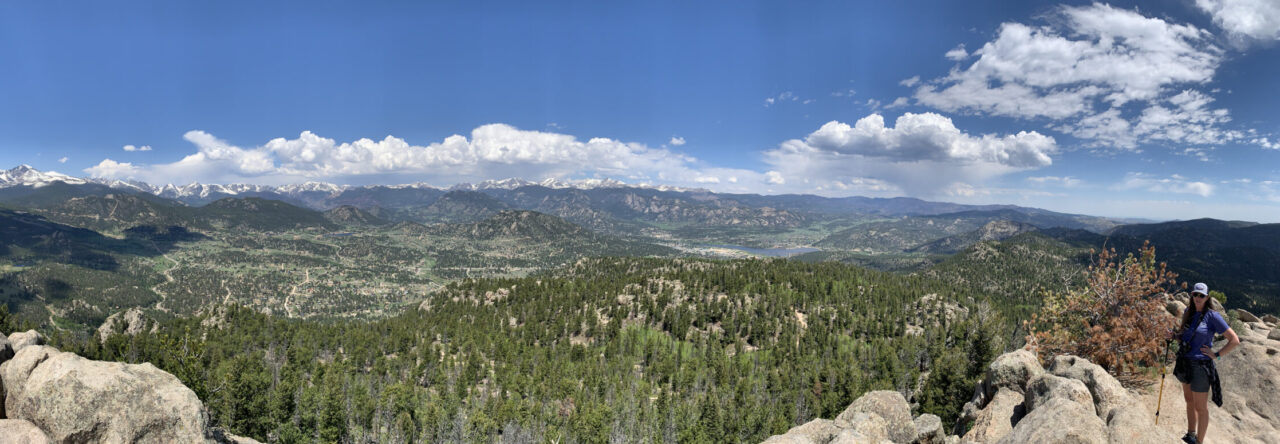The Clone Stamp Tool is wonderfully powerful. Using this tool you can remove blemishes from an image (or from a person!), take out extra noise in the picture or have creative license with reality.
An example of what you might like to edit is this image of a lizard.
The picture is perfectly fine but the green item on the cement to the left is distracting and so is the smaller red item in the crack of the cement. With the Clone Stamp Tool, those distractions can be removed:
The same methods detailed below can take a logo off of someone’s shirt, remove a pimple, erase stray hairs and even make someone look thinner.
The Clone Stamp Tool allows you to clone, or copy, one part of an image over the top of another. To use the tool, first select the Clone Stamp Tool, whose icon looks like  . Before you can start copying over an area of your image, you need to decide where you are copying color from. You select this directionally by placing your cursor on your image, clicking the alt key and dragging your mouse in a direction. When you let go of your mouse, the distance between where you started and ended your cursor indicates the distance and direction from which your Clone Stamp Tool will be pulling color. It’s confusing but makes sense once you’ve tried it a few times.
. Before you can start copying over an area of your image, you need to decide where you are copying color from. You select this directionally by placing your cursor on your image, clicking the alt key and dragging your mouse in a direction. When you let go of your mouse, the distance between where you started and ended your cursor indicates the distance and direction from which your Clone Stamp Tool will be pulling color. It’s confusing but makes sense once you’ve tried it a few times.
You will likely have to change the spot from which you are copying several times throughout the editing process. You may have to change the size of your stamp because if you are working with one that is too small or too big you will run into all kinds of trouble. To change the size of your stamp, click on the circle near your File and Edit menus. This will produce a screen like this:
Either click on the size stamp that works best for you for the display of stamps, drag the slider to the desired size or type in the width of the stamp you would like into the field where “19 px” appears in the image above.
It takes a while but after some painstaking work, the sign is gone.
Want to take creative license with an image? Clone yourself whatever type of image you want.
This picture was intended to be much less creepy, but you get the point.
Want to start from the beginning? View class 1, which reviews the Photoshop toolbar. View Class 2, which reviews pictures for print versus web. View Class 3, which explores cropping and resizing images. View Class 4, which reviews balancing color.
As always, see something you disagree with or think is just plain wrong? Tell me! Seriously – I want to know.


























